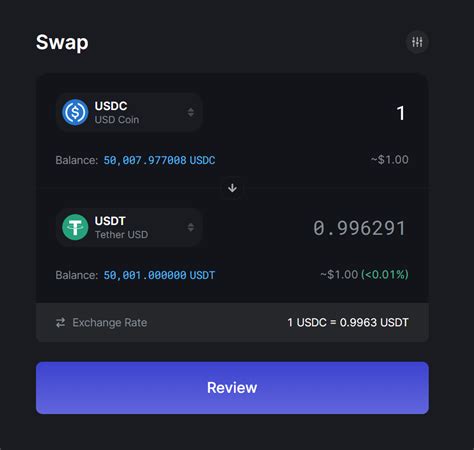Here’s an article based on your request:
Understanding Ethereum Universal Router Swapping
As a developer building a simple router, you’re likely familiar with the concept of decentralized exchanges (DEXs) and their underlying mechanics. In this article, we’ll dive into the universal router swapping feature on Uniswap V3, focusing on the issues you’ve encountered during development.
What is Universal Router Swapping?
The Universal Router is a decentralized exchange (DEX) built on top of Ethereum’s blockchain. It allows users to swap tokens using a single interface, making it easier to interact with various DeFi platforms without having to worry about complex contract interactions or high fees. The Universal Router is designed to be flexible and adaptable to different use cases.
Swapping Tokens on Uniswap V3
When you use the Universal Router to swap tokens on Uniswap V3, you’re essentially executing a smart contract that delegates the token swapping process to the Uniswap protocol. This allows for interoperability between different blockchain networks, enabling seamless trading across multiple platforms.
However, when using the Universal Router on Uniswap V3, there are several potential issues that might cause a swap to be reverted. In this article, we’ll explore the reasons behind these problems and provide guidance on how to resolve them.
Common Issues with Swapping Tokens on Uniswap V3
Let’s dive into some of the most common issues you’ve encountered when swapping tokens on Uniswap V3:
- Invalid or Empty Message Value

: One of the primary causes of swaps being reverted is invalid or empty message values. If a user sends an insufficient amount of token or doesn’t include all required parameters, the Universal Router will reject the swap.
- Invalid or Missing Requirements: The Universal Router also requires specific requirements to be met before executing a swap. For instance, it might require the sender to have sufficient balance of one side of the trade. If these requirements are not met, the router may revert the swap.
- Smart Contract Issues
: Sometimes, the smart contract that executes the swap is faulty or incompatible with Uniswap V3’s protocol version. This can result in a reverted swap.
Debugging and Resolution Strategies
To troubleshoot issues with swapping tokens on Uniswap V3 using the Universal Router, try these strategies:
- Verify Message Value: Ensure that the message value contains all required parameters (e.g., token amount, side of the trade) and is not empty.
- Check Smart Contract Requirements: Review your smart contract to ensure it meets the minimum requirements for executing a swap on Uniswap V3.
- Inspect the Router’s State: Use tools like @uniswap/swap (for Uniswap V3-specific issues) or
ethers.jsto inspect the router’s state before and after the swap, which can help identify any potential problems .
Best Practices for Building a Universal Router
To build a more robust and reliable Universal Router, consider the following best practices:
- Use a Consistent Message Format: Standardize your message format to ensure that the Universal Router can correctly interpret and execute swaps.
- Implement Error Handling: Develop a robust error handling system to catch and handle any issues that may arise during swap execution.
- Test Thoroughly: Perform extensive testing across different blockchain networks, including Uniswap V3, to identify and address potential problems.
By understanding the underlying mechanics of the Universal Router swapping feature on Uniswap V3 and implementing best practices for building a robust router, you can help ensure seamless trading experiences for users across various DeFi platforms.
